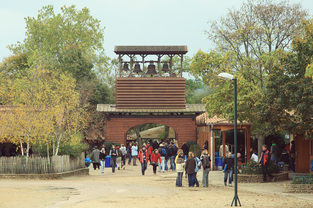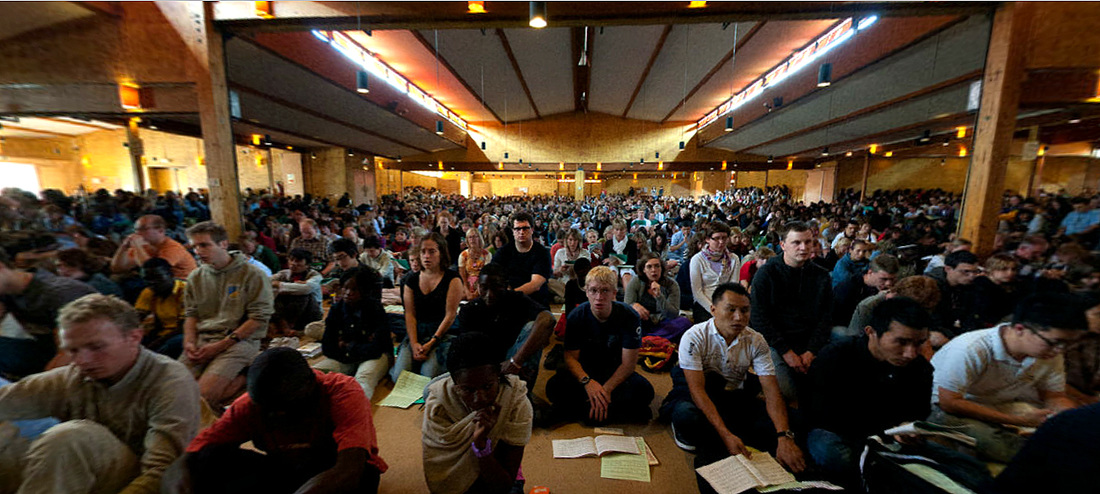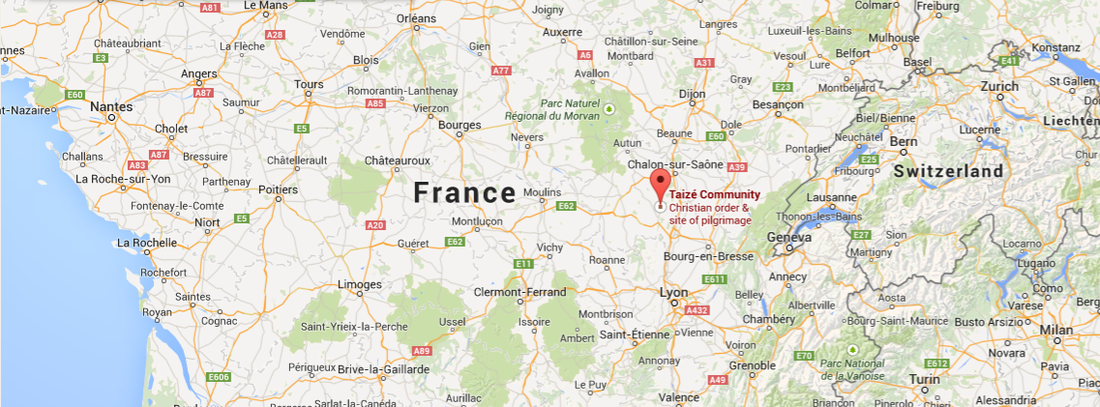Posted by Rebecca Morofsky '15

In my research, I focused on how the Taizé community fits into contemporary global Christianity, and how its ecumenical message of tolerance and solidarity appeals to young Christians who wish to reconcile their religious identity with an increasingly modern and secular world. To better understand Taizé experiences, I apply the term communitas, which anthropologists use to refer to the unstructured state in which all members of a community are equal, allowing them to share a common experience, usually through a rite of passage such as pilgrimage (see Turner and Turner 1978). Communitas occurs when people experience liminality an in-between stage of a ritual where people have not transitioned into their post-ritual status. This transitory social situation takes on new meaning at Taizé. Taizé has various global humanitarian projects, and as it writes in its mission statement, the community approaches secular society with a liberal, socially conscientious framework. In this way, Taizé is an example of a contemporary pilgrimage that is embedded in secular, Western Europe, and that engages with politics and mass media to spread its message of global peace.
Institutionally, Taizé vocalizes its liberal opinions on a variety of topics including interfaith dialogue, social inequalities, and the world’s ecological crisis. Yet, Taizé remains silent on the issue of sexuality. For my Lesbian-Gay-Bisexual-Transgender-Queer identified participants, this silence implied Taizé’s lack of advocacy. Though a dozen people I spoke to at Taizé identified themselves in some non-heterosexual category, the majority of these participants felt that they could not be entirely open about their sexuality whilst at Taizé.
In my view, the element which makes Taizé so open-minded in a number of ways is also precisely what reinforces certain social hierarchies in the community. Since Taizé is ecumenical and theoretically open to all levels of Christian religiosity or lack thereof, the community also has to appeal to its conservative Catholic pilgrims, who may have conservative attitudes about gender and sexuality. Until certain Christian institutions alter their opinion on issues of gender and Lesbian-Gay-Bisexual-Transgender-Queer rights, I believe Taizé will come short in its goal to foster communitas and, overall, human solidarity.
Acknowledgements: I thank Professor David Howlett for this project idea. As his research assistant, I worked on researching the Taizé community. Wanting to learn more about pilgrimage studies in anthropology, I applied for Skidmore’s SEE-Beyond award to conduct original ethnographic fieldwork over the summer of 2014. That project evolved into my senior capstone in Anthropology.
Turner, Victor, and Edith Turner. 1978. Image and Pilgrimage in Christian Culture. New York: Columbia University Press.


 RSS Feed
RSS Feed
